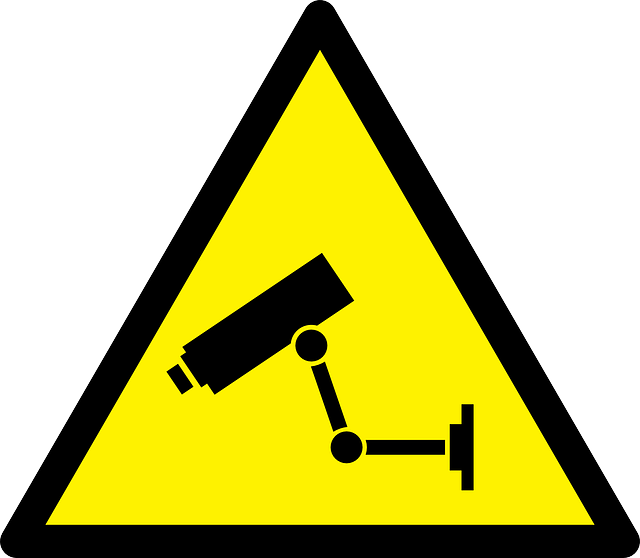Security assessment is a vital process that identifies vulnerabilities within an organization's digital infrastructure through comprehensive examination. Experts utilize tools like penetration testing and threat modeling to uncover hidden risks, providing detailed reports and risk-based recommendations. Advanced techniques, including automated tools and manual testing, simulate real-world attacks, offering deep insights into security posture. Identifying common vulnerabilities strengthens defenses against evolving cyber threats, impacting system integrity, confidentiality, and availability. Regular assessments enable proactive cybersecurity by detecting vulnerabilities early, applying timely patches, and bolstering defenses.
“In today’s digital landscape, identifying vulnerabilities is paramount for organizations seeking robust cybersecurity. This article guides you through the intricate process of vulnerability discovery, beginning with the foundational concept of a security assessment—a crucial step often overlooked. We explore the pivotal role of expert security consultants in conducting comprehensive scans, employing advanced techniques to unearth hidden threats. Moreover, we delve into common vulnerabilities, their impacts, and effective risk mitigation strategies post-discovery, emphasizing the value of proactive security assessments.”
- Understanding Security Assessment: The First Step in Vulnerability Identification
- Role of Expert Security Consultants in Comprehensive Vulnerability Scanning
- Advanced Techniques for Uncovering Hidden Vulnerabilities
- Common Types of Vulnerabilities and Their Impact on Systems
- Mitigating Risks: Strategies Post-Vulnerability Discovery
Understanding Security Assessment: The First Step in Vulnerability Identification

Security assessment is a crucial process that forms the foundation for identifying vulnerabilities within an organization’s digital infrastructure. It involves a thorough examination and evaluation of an entity’s security posture, focusing on potential weaknesses and risks. This comprehensive analysis goes beyond merely checking for known exploits; it aims to uncover hidden vulnerabilities that could be exploited by cybercriminals.
By conducting a detailed security assessment, experts can navigate the intricate landscape of an organization’s systems, networks, and applications. They employ various tools and techniques to simulate attacks, analyze configurations, and identify outdated or weak software components. This initial step is vital as it provides a clear picture of existing security gaps, enabling organizations to prioritize their defenses and mitigate potential threats effectively.
Role of Expert Security Consultants in Comprehensive Vulnerability Scanning

Expert security consultants play a pivotal role in comprehensive vulnerability scanning, offering invaluable insights into an organization’s digital fortress. With their profound knowledge and specialized tools, they conduct thorough assessments to uncover potential weaknesses and vulnerabilities that may be overlooked by internal teams. These professionals employ advanced techniques, including penetration testing and threat modeling, to simulate real-world attacks and identify entry points for malicious actors.
By integrating expert security consulting into their cybersecurity strategies, organizations can benefit from a holistic view of their security posture. Consultants provide detailed reports, prioritize identified vulnerabilities based on risk levels, and offer tailored recommendations for remediation. Their expertise helps bridge the gap between current security measures and industry best practices, ensuring that organizations remain proactive in safeguarding their data, systems, and infrastructure.
Advanced Techniques for Uncovering Hidden Vulnerabilities

In today’s digital era, identifying vulnerabilities requires more than just a surface-level scan. Experts employ advanced techniques for uncovering hidden vulnerabilities that traditional methods might miss. These include automated tools that simulate real-world attacks, providing insights into potential weak spots before malicious actors can exploit them.
Additionally, manual penetration testing, conducted by skilled analysts, delves deeper into an organization’s security landscape. By mimicking the tactics employed by sophisticated hackers, these experts can identify intricate vulnerabilities and devise effective countermeasures. This holistic approach ensures a comprehensive security assessment, strengthening defenses against evolving cyber threats.
Common Types of Vulnerabilities and Their Impact on Systems

In the realm of cybersecurity, understanding common vulnerabilities is paramount for any organization aiming to strengthen its defenses. These weaknesses can range from outdated software and weak passwords to misconfigurations and unpatched security flaws. Identifying these vulnerabilities through comprehensive security assessments is a critical step in mitigating potential risks.
Each type of vulnerability carries distinct implications, impacting system integrity, confidentiality, and availability. For instance, unaddressed security patches can expose systems to known exploits, allowing malicious actors to gain unauthorized access. Similarly, weak password policies increase the risk of brute-force attacks, compromising user accounts. Recognizing these vulnerabilities is the first step towards implementing targeted solutions, ensuring a robust security posture, and fostering a culture of continuous improvement in the face of evolving cyber threats.
Mitigating Risks: Strategies Post-Vulnerability Discovery

Upon identifying vulnerabilities through a comprehensive security assessment, organizations must swiftly develop and implement strategies to mitigate risks effectively. The initial step involves prioritizing vulnerabilities based on their potential impact and exploitability. High-risk issues should be addressed immediately, while less critical ones can be scheduled for remediation according to their severity.
Diverse mitigation techniques can be employed, ranging from patches and updates to more holistic system overhauls. Regular security assessments play a pivotal role in this process, ensuring that organizations stay proactive rather than reactive in their approach to cybersecurity. By consistently evaluating their security posture, businesses can identify vulnerabilities early, apply timely patches, and fortify their defenses against potential threats.
A thorough security assessment is the cornerstone of any robust cybersecurity strategy. By leveraging expert security consultants, organizations can uncover even the most hidden vulnerabilities through advanced scanning techniques. Understanding common types of vulnerabilities and their potential impact allows for proactive risk mitigation, ensuring systems remain secure in an ever-evolving digital landscape. This multi-faceted approach, starting with a comprehensive security assessment, is key to safeguarding against emerging threats.
